Commemorate the historic launch of the Ram Temple in Ayodhya by building a model this iconic masterpiece. Every detail meticulously crafted to capture the architectural beauty and historical significance of this revered structure. Showcase your support for the cultural legacy of Ayodhya. Order now!
– Built Size: 19 x 15 x 13 cm
– No. of pieces: 376 high quality parts.
– 100% compatible with major brands.
– Step-by-Step Instructions: Available
– Estimated build time: 1.5-2 hours
– Difficulty level: Easy
A once-in-a-lifetime opportunity to bring history into your living room.
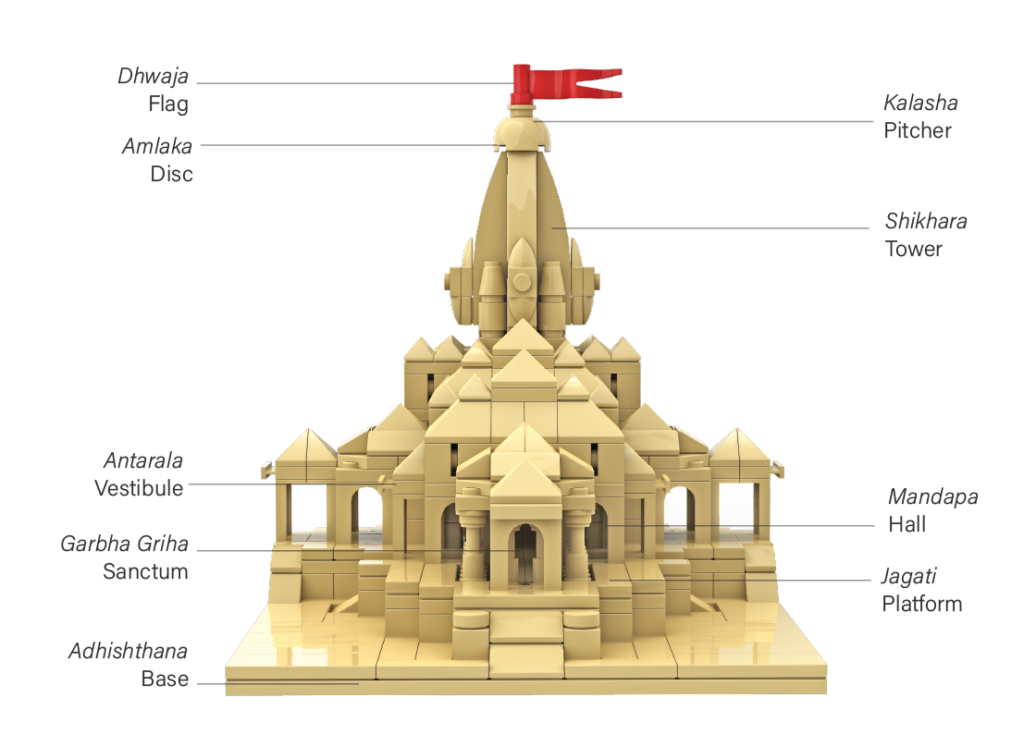
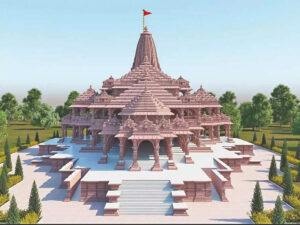
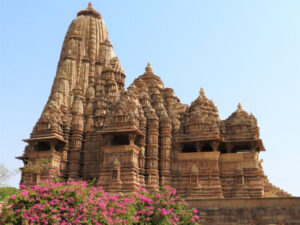
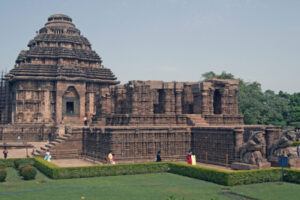
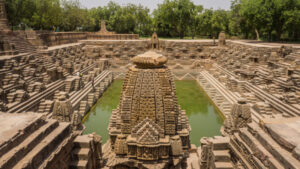
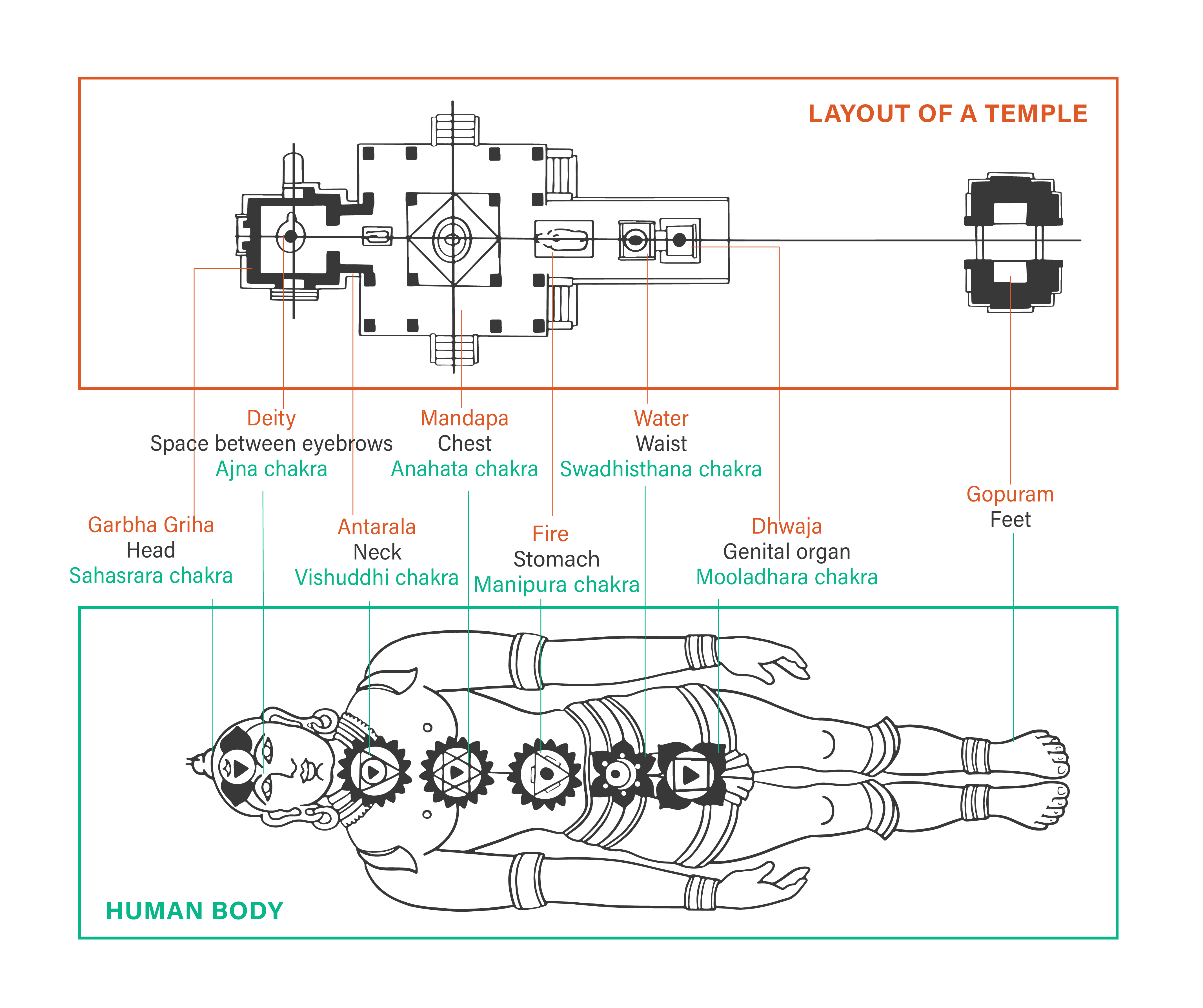

A host of ancient Hindu texts provide guidelines on all aspects of temple art and architecture, as well as rituals, procedures and management of temples.
Shilpa Shastras are manuals for sculpture and Hindu iconography, prescribing among other things.
The proportions of a sculptured figure, composition, principles, meaning, as well as rules of architecture.
Vastu Shastra are Hindu texts that describe principles of design, layout, measurements, ground preparation, space arrangement, and spatial geometry. The designs aim to integrate architecture with nature, the relative functions of various parts of the structure, and ancient beliefs utilizing geometric patterns (yantra), symmetry, and directional alignments.
Brihat-Samhita by Varahamihira is the widely cited ancient Sanskrit manual from 6th century describing the design and construction of Nagara style of Hindu temples.
Mayamata and Manasara share a common understanding of the architectural plan and design of the southern (Dravida) style. Mayamata has a practical outlook while the Manasara details the theory.
Agama Shastra is a manual for worship, temple building and rituals. It plays a very important role in consecration and construction of holy places; most Hindu places of worship follow the Agama Shastra.
There was a time when temples were the very breath of this land. They were the nuclei of spiritual, social, economic, artistic and intellectual functions. Temples were places for Tirtha (pilgrimage), purification of the mind, dissemination of knowledge, performing arts, rituals and rites, and even centres for panchayat activity.
Marvels of Architecture
In keeping with their important role, temples were stunning in grandeur and scope. The architecture reflected a synthesis of sacred geometry, arts and the ideals of Dharma. It celebrated the Hindu pantheon and every aspect of life, including Kama. The architectural science included topics such as site selection, soil testing techniques, directional orientation, measures and proportion, astrology as well as ceremonies associated with temples. The Sanskrit manuscripts detailing this still survive in texts such as Vastu Shastra, Shilpa Shastra, Brihat Samhita and architectural portions of the Puranas and the Agamas. However, despite the guidelines offered by these texts, aesthetic independence was encouraged and architects sometimes exercised considerable flexibility in creative expression.
Challenge Faced by the Temple System
So, what explains the shrinking role of temples today? Clearly, it is the breakdown of the temple system. Temples were once built by monarchs and rich traders, and then handed over to dedicated pujaris to manage. Unfortunately, with the repeated destruction of temples in Islamic conquests and their subsequent takeover by the British, followed by the Indian states, temples never had enough independent time to fully recover. The result was that the system that once nurtured temples in time was severely impaired.
A New Dawn
The good news is that despite centuries of destruction there still exist over two million temples in India today. Moreover, with the spread of the Indian diaspora Hindu temples are now found all over the world. Recent events are also heartening for temple lovers. The restoration and creation of the corridor of Kashi Vishwanath Dhaam in Varanasi and the ongoing construction of the Bhavya Ram Mandir in Ayodhya are reasons to feel optimistic about the future of temples in India.
Subscribe to get special offers, free giveaways, and once-in-a-lifetime deals.

© 2023 Ekarik Pvt. Ltd. All rights reserved.